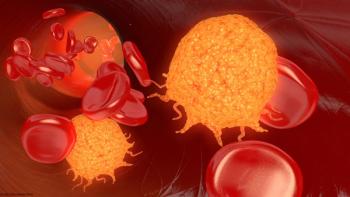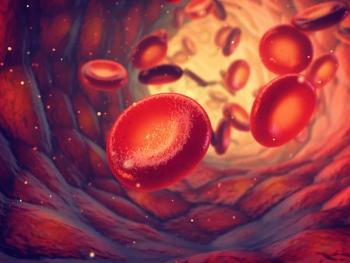
- ONCOLOGY Vol 15 No 2
- Volume 15
- Issue 2
Book Review: Textbook of Uncommon Cancer, Second Edition
The second edition of the Textbook of Uncommon Cancer is a useful resource for practicing oncologists who encounter unusual presentations of common tumors or esoteric subtypes of more common cancers. The text is laid out according to
The second edition of the Textbook of Uncommon Cancer is a useful resource for practicing oncologists who encounter unusual presentations of common tumors or esoteric subtypes of more common cancers. The text is laid out according to organ systems, with each section consisting of multiple chapters either dealing with unusual presentations of common diseases or focusing on rare subtypes of cancer.
In each chapter, where appropriate, the format follows a logical progression from epidemiology, genetics, clinical presentation, imaging, pathology, staging, prognosis, and treatment. For a multiauthored textbook, the chapters are consistently well written and well referenced.
As might be expected, in certain areas involving a distinctly unusual disease, the discussion of disease management is relatively brief. Many of the diseases covered in this textbook are, by definition, rare, and the treatment experience is often anecdotal.
That said, the treatment section of each chapter attempts to collate the experience as cited in the medical literature. Where the experience is anecdotal, the authors make a point of stating so. If a particular treatment strategy can be justified by more powerful evidence, the authors offer an opinion for the best treatment approach.
In most general textbooks of oncology, the topics covered here are dealt with in a few lines or a paragraph. In contrast, the Textbook of Uncommon Cancer provides a resource that covers each of these topics in depth. I have found myself using this book on several occasions since receiving it for review.
Indeed, I believe that the second edition of the Textbook of Uncommon Cancer is a particularly useful text for oncologists who encounter uncommon problems in their practice. With this single resource, physicians will have a better understanding of these unusual cases and be provided with a rational treatment approach-as well as references for more in-depth reading.
Articles in this issue
almost 25 years ago
Study Details Use of Amifostine in Radiation Settingalmost 25 years ago
Declines in Lung Cancer Rates-California, 1988-1997almost 25 years ago
Medicare Approves PET for Additional Cancersalmost 25 years ago
Study Contributes to Evolution of Sentinel Lymph Node Biopsy for Melanomaalmost 25 years ago
Medicare Bill Expands Cancer ScreeningNewsletter
Stay up to date on recent advances in the multidisciplinary approach to cancer.


















































































